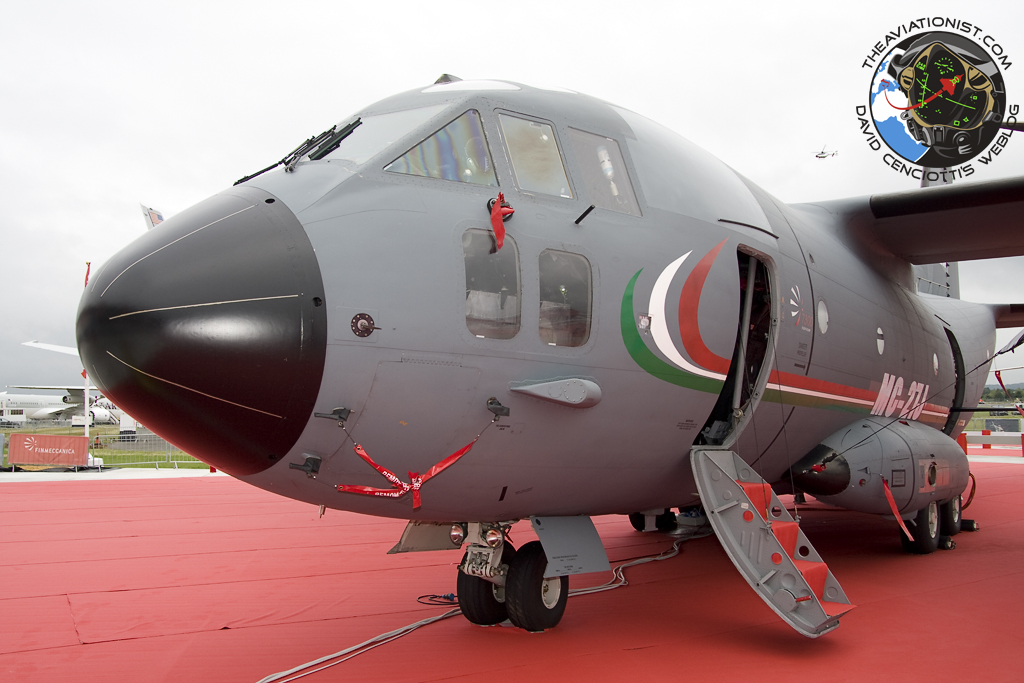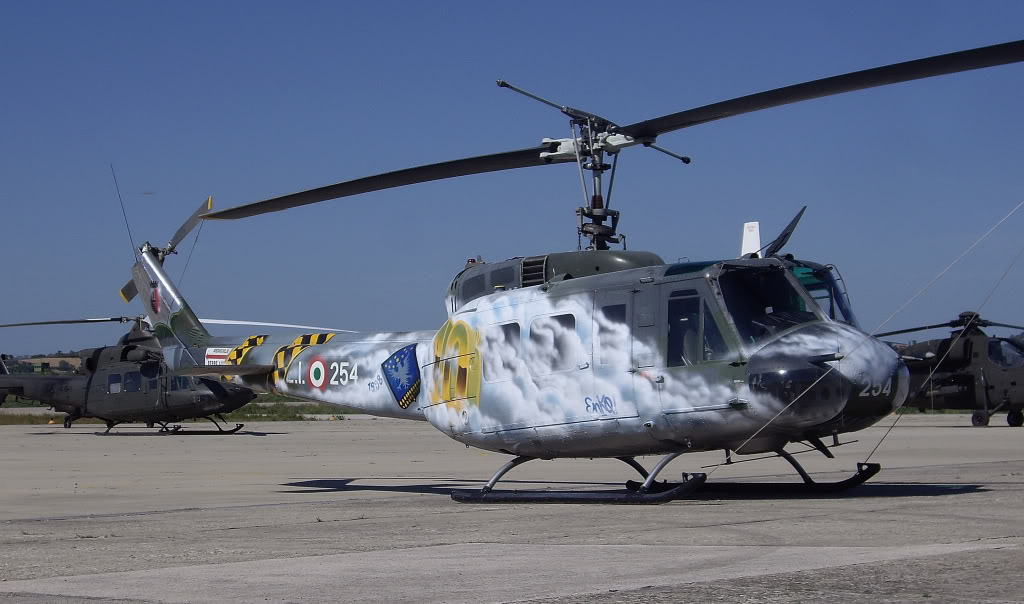
After reading my last post about Utøya island attack a friend of mine sent me a detailed description of the exact chronology of the events in Norway, with some more information that I’ll try to summarize to help readers understand when and how the Norwegian police and special forces reacted.
1522 bomb explodes in Oslo
1727 local police receives first call about shooting at Utøya
1730 informal note from the local to the Oslo police about this call
1738 local police requests police “Delta” unit, SWAT-alike unit
1752 local police arrives at shore close to the island (25 mins is a while, that’s Norway with distances etc)
1809 Delta arrives mainland by Utøya
1825 Delta lands at Utøya by Rigid Inflatable Boat (this is the same time as the helicopter that filmed)
1827 Delta arrests Anders Behring Breivik with no resistance, he still had ammo left
=one hour from first call till arrest, not too bad considering it is an island and they had to wait for the Delta unit.
Furthermore:
- Norwegian police doesn’t have personnel transport helicopters. According to the reports, there should be only one police helicopter with observation equipment. So Special Forces (Delta) have to rely on support from RNoAF (Royal Norwegian Air Force) helicopters.
- From the latest news it’s not clear whether the Police helicopter ever reached the scene or not.
- Another point is a quite limited reach from the police helicopter due to the heavy weight of its equipment; from 3 hours to 1 hour and 30 minutes.
- The helicopter is often grounded due to budget constraints for the police force. It became clear today that due to budget cuts the helicopter was grounded in the “common summer holiday” of 3-4 wks June-July every year in Norway, as well as other holidays. Due to the helicopter being shut down (crew or technical, I don’t know) for the holidays, it took quite some time to get it in the air in this instance, but it was used later in the operation (unknown
when or how). - There should be an interview with the photographer Marius Arnesen who said that they only had fuel for 10 minutes (probably at site); they were originally going to Oslo city to film the damage there.
- Maybe, if the police helicopter had been able to reach the island earlier, it could have shot Anders Behring Breivik before he executed one of the youths or helped on situational awareness for the Deltas – revealing that there was only one guy and this could make the search quicker.
- Most probably, given the complex situation with a coordinated terror attack no one knew the limits of, after the arrest it took the police quite some time to secure the island for possible other terrorists and bomb traps – which of course wasn’t good for the many people with severe gunshot wounds.
- Someone think that the murderer had brought explosives to the island and planned to gather everyone in the main building for an information meeting and blow it up (although there are conflicting info on the explosives). Perhaps, the leaders and one guard got suspicious and he shot them on arrival to the island, alerting everyone. Given Anders Behring Breivik purchase of 6 tons fertilizer, the assumed 5-600 kgs in the Oslo bomb and the 3 tons left at his farm, there is still quite a bit unaccounted for, that is obviously a priority for the police (the media aren’t really on to that yet).
- Apparently there were difficult flying conditions, the three ambulance helicopters stopped half way due to the fog+wind (and probably also the unclear situation….).
Above, the Norwegian Police helicopter LN-OCP (source: Wikipedia).




